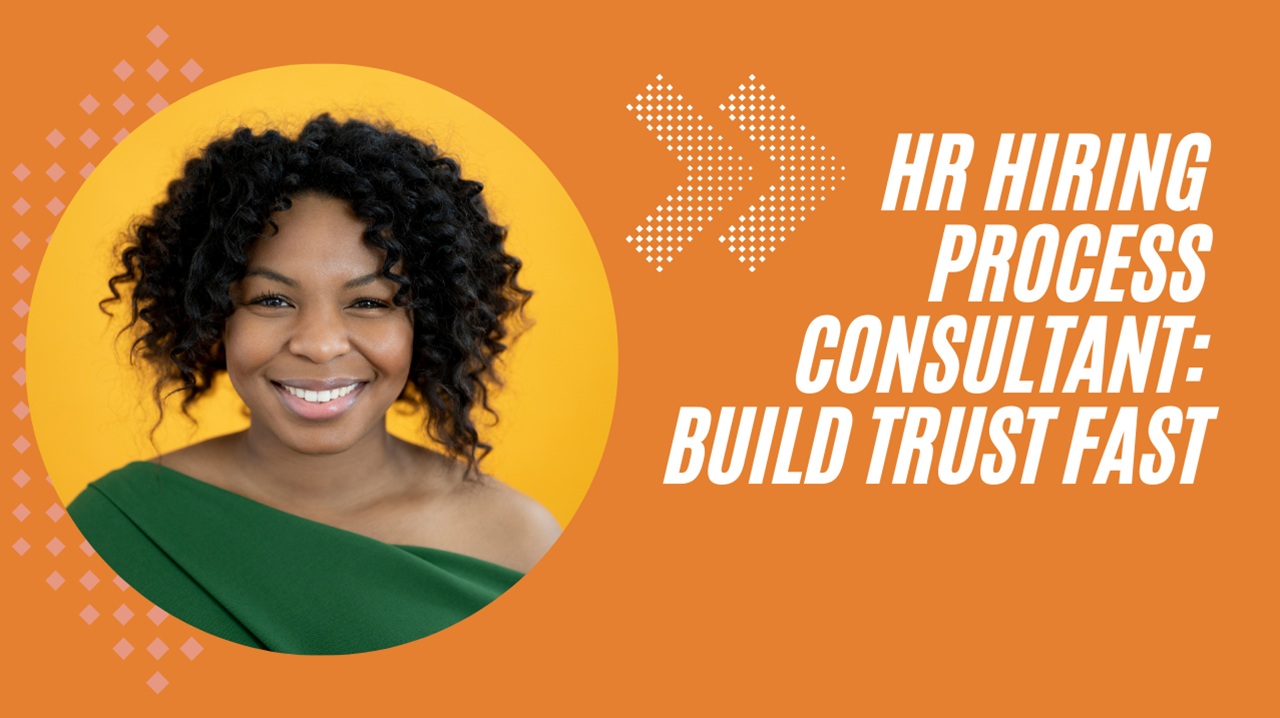Bad hires rarely come from bad intentions; they come from vague steps. An HR hiring process consultant fixes that by making the journey explicit for managers and candidates. As the criteria become visible and scheduling becomes effortless, trust rises—and offers get accepted faster.
How an HR hiring process consultant changes outcomes
Most teams improvise. Consequently, interviewers ask different questions, panels overlap, and feedback drifts for days. By contrast, an HR hiring process consultant standardizes the loop with structured interviews, calibrated scorecards, and a clear candidate-experience pledge. Moreover, one public hub removes guesswork, so decisions become faster and fairer.
Design the process hub candidates and managers can follow
On one SphereCard, publish the entire path so everyone stays aligned:
- Role overview & success profile: five to seven outcomes for the first 90 days.
- Structured interview loop: who meets whom, in what order, and why.
- Hiring scorecards: competencies, behaviors, rating scales, and red/green flags.
- Candidate-experience pledge: response times, feedback promises, and accessibility notes.
- Action buttons above the fold: Book Appointment (or Book Order) for hiring-manager intakes and panel trainings on the daytime calendar; Messaging for quick clarifications; Video Chat for 15-minute loop reviews.
Because the entire journey is visible, stakeholders stop guessing and start aligning.
Why this process builds trust quickly
First, managers align on the success profile before sourcing begins. Next, interviewers use question banks tied to the scorecard, which reduces bias and repetition. Meanwhile, candidates see the timeline, understand expectations, and schedule through one link. In addition, status updates travel in the same thread, so no one wonders what’s next. Finally, debriefs compare evidence—not vibes—so offers move promptly.
Step-by-step: launch a trustworthy hiring loop
- Publish the success profile. Translate the JD into outcomes and behaviors; therefore, interviewers know what “good” looks like.
- Map the interviews. Assign a focus to each stage (technical, collaboration, situational) and eliminate duplicates.
- Install scorecards. Limit to 5–7 competencies with level definitions; as a result, ratings stay consistent.
- Automate scheduling. Use Book Appointment / Book Order to drop intakes, panel syncs, and candidate interviews on the daytime calendar.
- Clarify comms. Turn on Messaging for same-day updates; keep Video Chat for quick debriefs or offer coaching.
- Measure the pledge. Track time-to-first-response, time-to-decision, and candidate NPS; furthermore, publish snapshots on the page.
Screen-share example: align a new role in five minutes
- Kickoff — success profile (minute 1): Circle three 90-day outcomes and confirm scope.
- Then, interview loop (minute 2): Walk through the panel order and who owns each competency.
- After that, scorecard (minute 3): Highlight rating definitions plus red/green flags.
- Next, scheduling (minute 4): Click Book Appointment to drop the intake and panel training onto the daytime calendar.
- Finally, candidate pledge (minute 5): Show the response-time policy and how updates go out via Messaging.
Therefore, everyone leaves with the same map—and momentum.
SphereCard setup for HR consultants (copy this)
- Form title: “Book Appointment” (or Book Order) → routes to your daytime calendar
- Messaging on for quick questions; Video Chat for loop reviews and offer strategy
- Display widgets: Success Profile, Interview Loop, Scorecards, Candidate Experience Pledge, FAQs, Reviews/Case Studies, Calendar
- Print the QR flyer for manager offsites and onboarding decks: “Scan for hiring process & scorecards.”
Tip: Add an “Interview Toolkit” download—question banks plus a one-page scoring guide—so new panelists are productive immediately.

